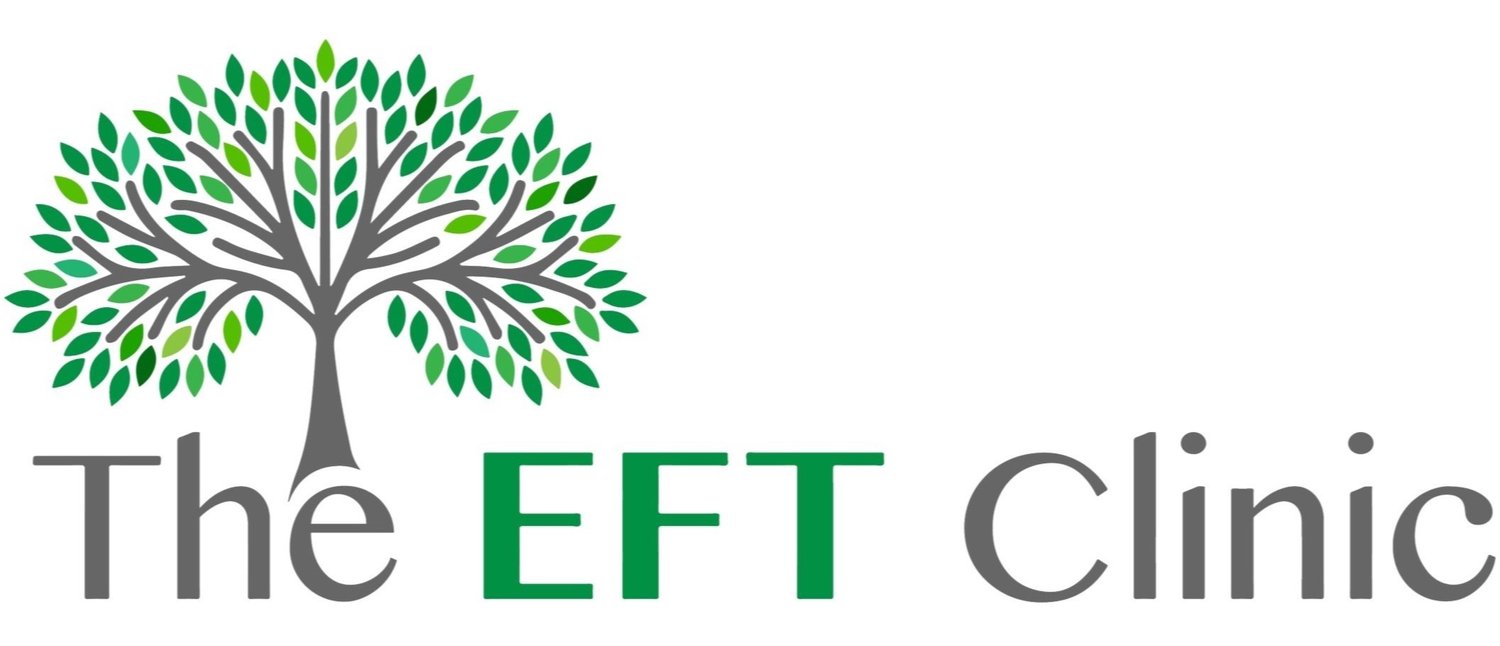Validation Vantage Point
/Validation Vantage Point
by Clover Noel, LMFT
My best friend and I were hiking when we reached a beautiful vantage point at the mountaintop. We could see the various canyons below, as well as the city lights coming on in the valley. I pointed my telescope towards the city lights when I saw something in the streets below that hurt my heart. I said, “Oh, that’s so sad. That really hurts my heart.” My friend responded, “What are you talking about? This is great!” I turned to look at him and saw that he had his telescope pointed at the stars that were just coming out. We were standing at the same spot of the mountain but experiencing two totally different things. It was in that moment I realized that what I was longing for was for him to look through my telescope.
Validation can be compared to looking through each other’s telescopes. It’s seeing what the other person is seeing. It’s hearing the other person’s experience. It’s coming to understand their perspective and empathizing with the emotion expressed. In our most meaningful relationships, the key to effective communication and connection is validation.
There are some common misconceptions when it comes to validation. To clarify:
Validation is not agreeing with the person.
Validation is not returning with a ‘fix it’ response. More often than not, people want to be heard and understood rather than corrected.
Furthermore, it is not sharing “I’ve been there and so I know what you’re experiencing.” That response would be like bringing the focus back to your own telescope rather than exploring their telescope and experience.
Validation is exploring another person’s experience and empathizing with the emotion. It might sound something like:
“I can’t begin to imagine what you are going through.”
“I can see how (insert emotion expressed) that would be.”
“That would be really hard.”
“That sounds really overwhelming.”
“Tell me if I have it correct. What I’m hearing you say is, my statement was very hurtful towards you and it is not the first time you have felt this way.”
“Let me make sure I’ve got this straight. You feel like you don’t matter, your feelings don’t matter, and you have built up a lot of resentment. Is that it?”
In conflict, there is nothing so disarming and unifying as validation. When we take turns looking through each other’s telescopes, it allows us to see a bigger picture and we attain greater clarity of the situation. In addition, when we feel understood, we can put down our protective armor and look through each other’s telescopes rather than whacking each other with them.
Genuine validation fosters an environment of emotional safety and cultivates a deeper level of understanding and meaningful connection. It generates the golden opportunity of allowing loved ones to feel heard and understood, and that they matter and are valued. Truly, the optimal vantage point in communication is validation.
Clover Noel is a Licensed Marriage & Family Therapist at The EFT Clinic. She serves her clients with diligence, compassion, and grace. Clover believes everyone is on a journey, and she considers it an honor and privilege to help clients along their journey of healing and well-being.
To schedule an appointment, email clover@theeftclinic.com or call (385)695-5949.








